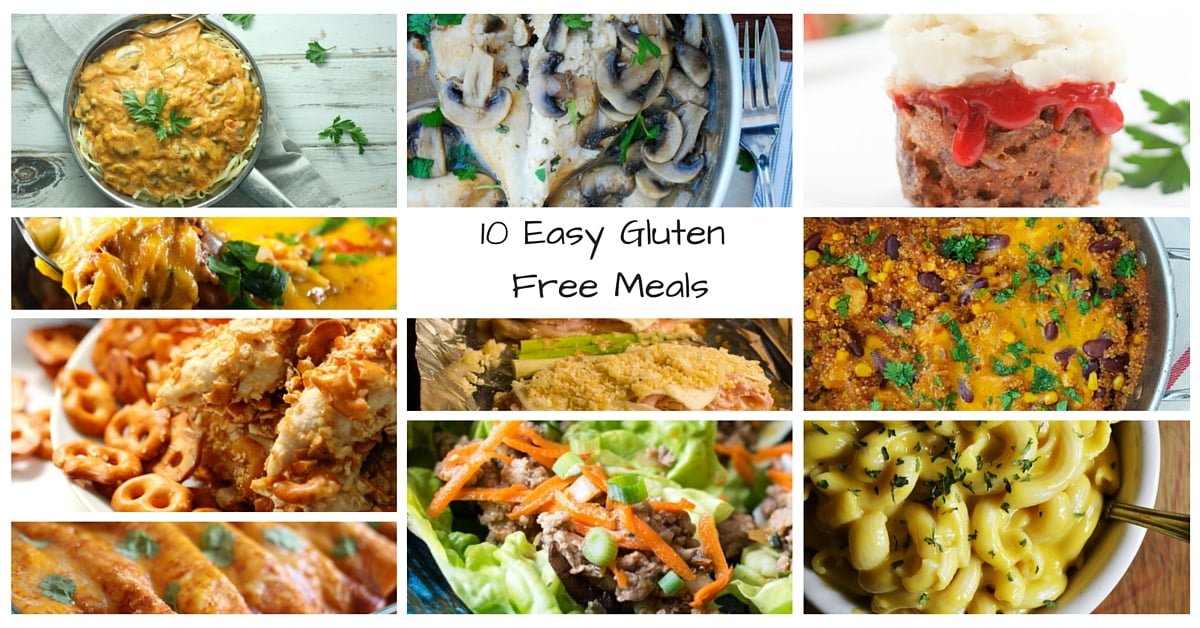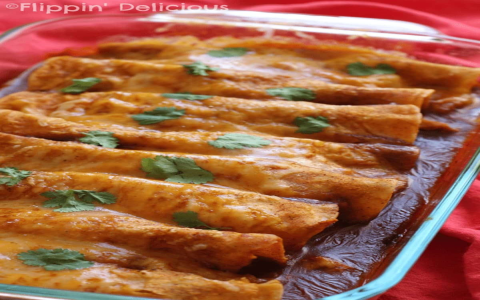Alright, so diving into the whole gluten-free world for my kiddo wasn’t exactly a walk in the park. It started pretty simply, actually. My youngest, bless their heart, was just having a rough time. Tummy aches, a bit of grumpiness after meals, you know the drill. We went through the usual checks, and then the doctor suggested we try cutting out gluten. My first reaction? “Gluten? What even IS everything that has gluten?!” It felt like a mountain to climb.

The Big “What Now?” Phase
Honestly, the first few weeks were a blur of label-reading. I spent so much time in grocery store aisles, squinting at tiny print. It felt like gluten was hiding everywhere! Bread, pasta, cereal – all the kid staples. I remember thinking, “What am I going to pack for lunches? What about birthday parties?” It was a bit overwhelming, not gonna lie.
My initial attempts were, well, let’s just say “experimental.” Some of those early gluten-free bread substitutes tasted like cardboard. My kid’s face said it all. It was a lot of trial and error. I started simple. Lots of fruits and vegetables, naturally gluten-free, became our best friends. Rice and potatoes were safe bets for carbs.
Figuring Out the Day-to-Day
Breakfast: This was a big one. We ditched the regular cereals and toast. I found some decent gluten-free oats, and those became a go-to. Scrambled eggs, fruit smoothies, and yogurt (always checking labels for sneaky gluten in flavorings!) also made it into the rotation. Sometimes, if I was feeling ambitious on a weekend, I’d try making gluten-free pancakes. Some recipes were duds, others were surprisingly good!
Lunchboxes: This was tricky. Sandwiches were out, at least until I found a gluten-free bread that didn’t crumble into dust. I started doing more bento-box style lunches.
- Chicken or ham roll-ups (no bread).
- Veggie sticks with hummus or a gluten-free dip.
- Fruit salads.
- Rice cakes with avocado or cheese.
- Leftovers from dinner often worked great too.
It took a bit more prep time, but seeing an empty lunchbox come home was worth it.

Dinner: This was actually a bit easier because many family meals could be adapted. Roast chicken with potatoes and veggies? Naturally gluten-free. Chili? Just had to make sure any thickeners or spice mixes were safe. For pasta nights, I hunted down good gluten-free pasta – lentil or corn-based ones turned out to be pretty popular in our house. I learned to make my own sauces to avoid hidden gluten in store-bought jars.
Snacks & Treats: Ah, the Achilles’ heel. Kids love snacks. Popcorn became a regular. Rice cakes, again. Lots of fruit. I also started baking a bit more – gluten-free cookies or muffins. It took a while to find good flour blends and recipes that didn’t taste “off,” but we got there. For parties, I’d usually send along a safe treat so my kid wouldn’t feel left out. Sometimes I’d chat with the host beforehand; people are usually pretty understanding.
What I Learned Along The Way
It wasn’t just about swapping foods. It was about creating a new normal. I got much faster at reading labels. I found a few go-to brands that I trusted. We discovered a lot of naturally gluten-free foods that we all enjoyed. The biggest thing was communication – talking to my kid about why we were making these changes, and making it feel like an adventure rather than a punishment.
Honestly, after the initial learning curve, it just became routine. My kid started feeling so much better, and that made all the effort totally worthwhile. It’s not as scary as it seems at first, I promise. You just gotta take it one meal, one snack, one grocery trip at a time. And hey, we even found some new favorite foods out of the whole experience!
